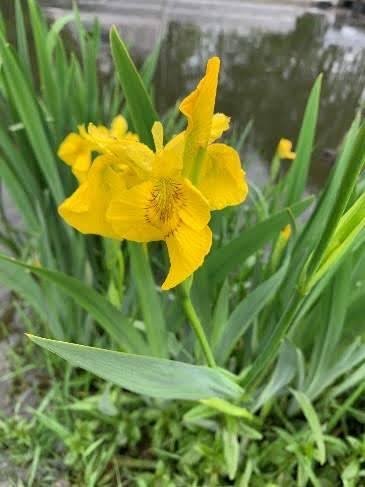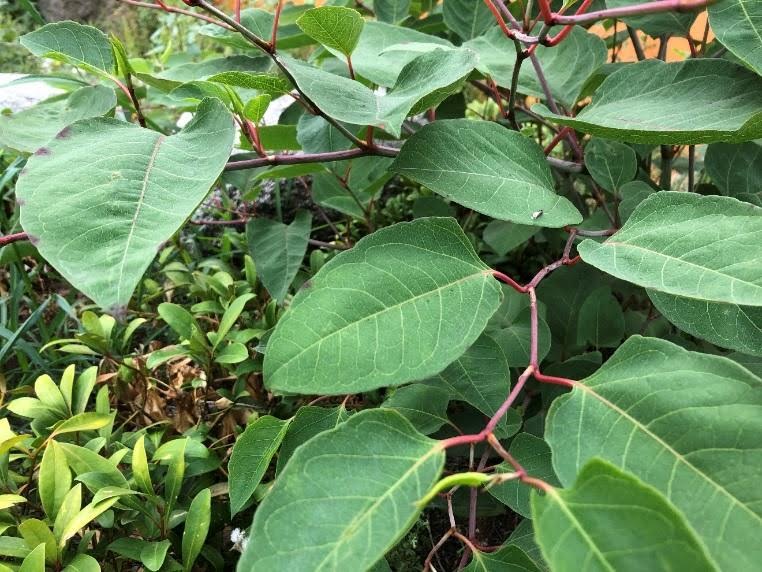Invasive Species Services
Noxious weeds, or the more general term “invasive plants”, are a growing management burden for developers of residential, institutional, and major resource projects. While “invasive plants” may refer to any of the innumerable species introduced to new ecosystems in the past 150 years or so, only a small number of these are flagged as “noxious weeds” requiring stricter management efforts. From preparing baseline inventories and Invasive Species Management Plans, to carrying out control and disposal field work, PGL’s Qualified Environmental Professionals (QEPs) can help. Our Invasive Species work has been carried out predominantly in British Columbia, however more recently we have been providing the same services in Alberta, Yukon, and Ontario.
Provincial Context in British Columbia
In BC, Noxious weeds are regulated under the Weed Control Act which states that the land occupier (person who is in physical possession of land, or is responsible for, and has control over the condition/activities of a property) must control designated noxious weeds occurring on their property. There are 38 provincially regulated noxious weeds and 26 regionally regulated noxious weeds in BC.
Unregulated invasive species include 118 plant species recognized by the province as plants that require some level of management and another 48 plant species have been identified for Early Detection Rapid Response (EDRR). In addition to the Invasive Species Council of British Columbia (ISCBC), 14 regional invasive species councils and societies as well as many of BC’s regional districts and municipalities have identified priority invasive species or invasive species of concern within their jurisdictions.
Impacts of invasive species include:
- Noxious yellow flag iris
- Loss of habitat
- Reduced soil productivity
- Reduced biodiversity
- Loss of traditional use or medicinal plants
- Reduced water quality and quantity
- Reduced recreational opportunities
- Changes to fire regimes
- Increase susceptibility to pests and disease
- Decreased yield
- Increased use of pesticides
- Toxic or hazardous to humans, pets, wildlife, and livestock
- Restrictions on imports and exports
- Lost revenue
- Decreased property value
- Property and infrastructure damage
- Increased management and control costs

Species at Risk, Environmentally Sensitive Areas and Riparian Management Areas are especially vulnerable to invasive species. Invasive species can quickly invade a sensitive ecosystem outcompeting native species and reducing native habitat. Invasive plants can spread rapidly because of their often-variable means of reproduction, rapid growth, tolerance of a range of habitats and lack of natural predators.
Invasive Plant Management Plans
Many municipalities require an Invasive Plant Management Plan (IPMP) as a part of, or in addition to, a Construction Environmental Management Plan (CEMP), Ecosystem Development Plan (EDP), or Environmental Development Permit (EDP). IPMPs can also be developed as part of a Baseline Study for an Environmental Assessment (EA) or Habitat Restoration and Compensation Plan. An IPMP is a site-specific plan tailored to a property that targets the applicable provincial, regional and municipally identified invasive species that are present.
The IPMP process typically involves the following steps:
- Background review to determine potential and priority species that may occur
- A QEP will conduct a site survey to identify and map all invasive species on the property
- Prepare a report that includes a description of each species, species-specific management options, and Best Management Practices (BMPs)
- Provide photographs of the species and a map of the occurrences
Additionally, information gathered through a site survey and/or the IPMP process can be used to develop an Environmental Impact Assessment.

Knotweed
In recent years, knotweed has become the most difficult and costly invasive species for land managers to deal with. PGL has abundant expertise on how to manage this plant while keeping your costs as low as possible.
In British Columbia, there are 4 species of knotweeds. They are all are incredibly successful plants as they can reproduce asexually through roots, rhizomes, and plant fragments and sexually by seed. Seeds and small fragments are easily transported in water, soil, on vehicles, equipment’s tools, PPE and clothing. Plants can grow up to 10cm overnight and disturbance often encourages growth.
When detected early, knotweed can be treated with an herbicide. A typical treatment is multi-year with seasonal herbicide application, monitoring and maintenance. It is important to use an experienced contractor as they should have a valid pesticide licence, and use proper signage, access techniques and application.
If chemical treatment is not an option, all aboveground plant parts and any soil potentially containing knotweed can be mechanically removed. Best Management Practices (BMPs) suggest excavating all soil with a 20m radius to a depth of 3m around an infestation and sending it to an approved facility for deep burial. The process should be monitored by a QEP.